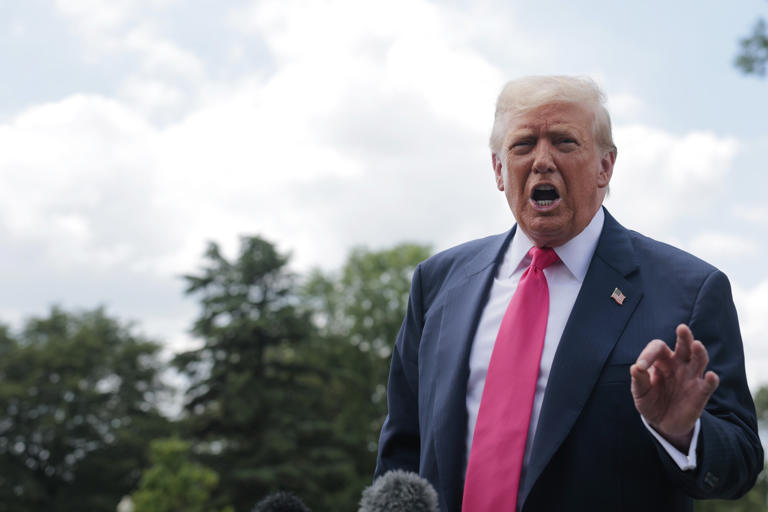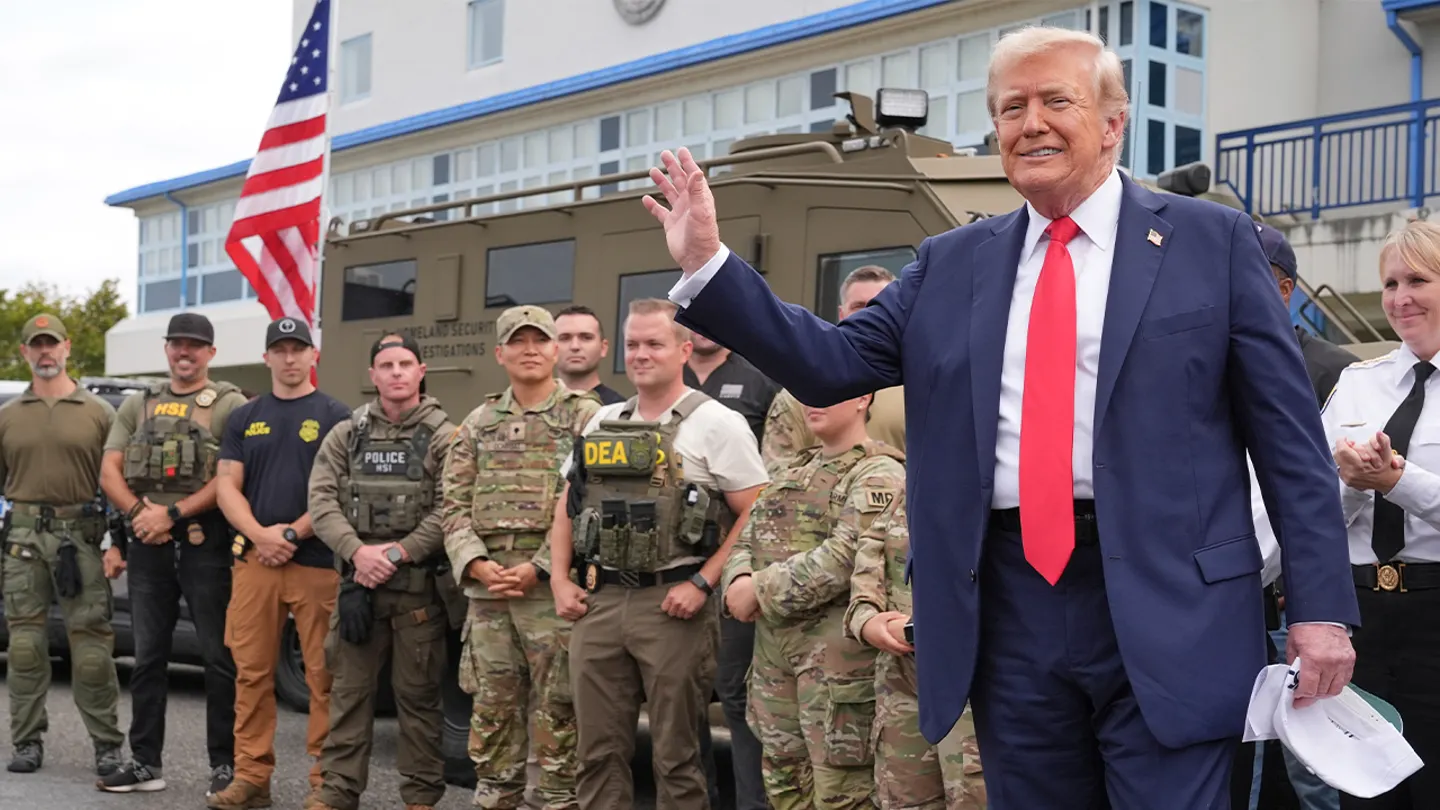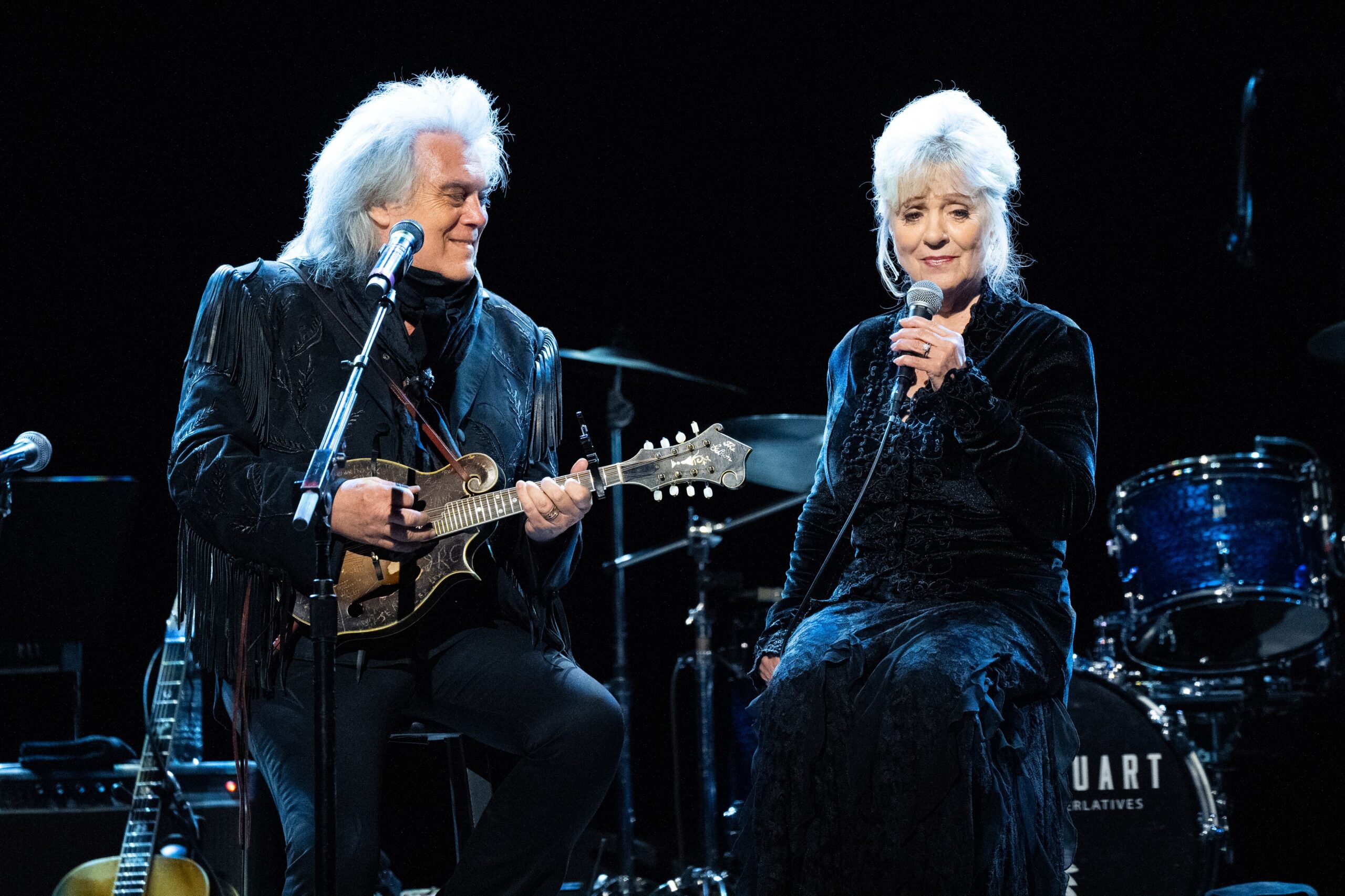Support among
Donald Trump’s voters
for U.S. military aid to Ukraine has significantly grown over the past six months, according to a new poll from
Echelon Insights
—especially when respondents are told the decision comes directly from Trump himself.
Key Findings
The survey, conducted July 14–17 among 1,084 voters (margin of error: ±3.6%), found that:
-
49%
of Trump 2024 voters
somewhat or strongly supported
continuing U.S. military aid to Ukraine. -
36%
opposed the aid.
But when the poll specified that
Trump himself had decided
to continue arming Ukraine, support among his voters jumped to
65%
, with only
22%
opposed—a nearly three-to-one margin.
This marks a sharp shift from an earlier Echelon poll in January, just after Trump returned to the White House. At that time, only
36%
of his voters supported aid to Ukraine, while
38%
were against it.
Why It Matters
Trump had previously questioned America’s role as Ukraine’s top arms supplier, causing anxiety in Kyiv as U.S. aid temporarily paused and his administration sought closer ties with Moscow. However, following a successful NATO summit and reported frustration with
Vladimir Putin
over rejected peace deals, Trump now appears more willing to back Ukraine—on the condition that
NATO foots the bill
for the weapons.
Reactions and Concerns
Yuriy Boyechko
, CEO of
Hope for Ukraine
, welcomed Trump’s renewed commitment to arms shipments but stressed that military aid must be coupled with economic pressure on Russia. He also criticized Trump’s
50-day deadline
for Russia to accept a peace deal or face new sanctions, calling it
“way too long”
given reports of an imminent Russian offensive.
“Trump’s approach remains largely rhetorical,” Boyechko told
Newsweek
. “We need faster action, more weapons, and tougher sanctions if we want to deter further aggression.”
Echelon pollster
Patrick Ruffini
commented on X:
“In a split test, more Trump voters now favor continuing to give weapons to Ukraine.”
What’s Next
Trump has proposed that European NATO allies
pay for U.S.-made weapons
destined for Ukraine, but the plan’s specifics remain unclear. While Trump claimed that deliveries could begin “within days,” officials told
Reuters
that the proposal was
rushed
and
lacked prior consultation
with allies.
For now, despite initial hesitation, Trump’s evolving stance—and the rise in GOP voter support tied to it—signals a potential path forward for U.S. involvement in Ukraine’s defense, even under an “America First” administration.












